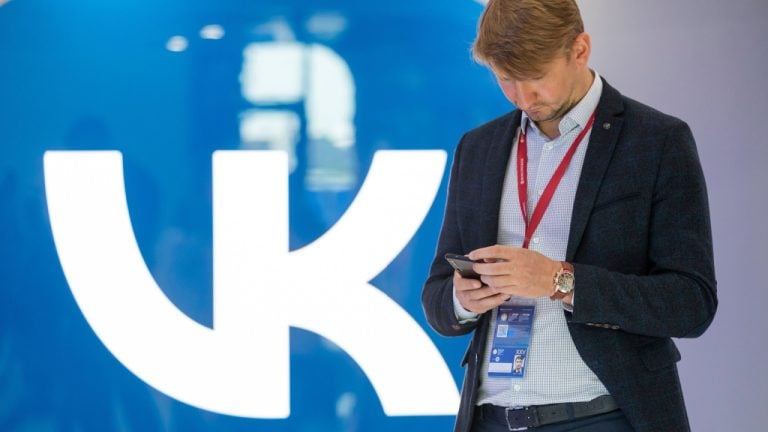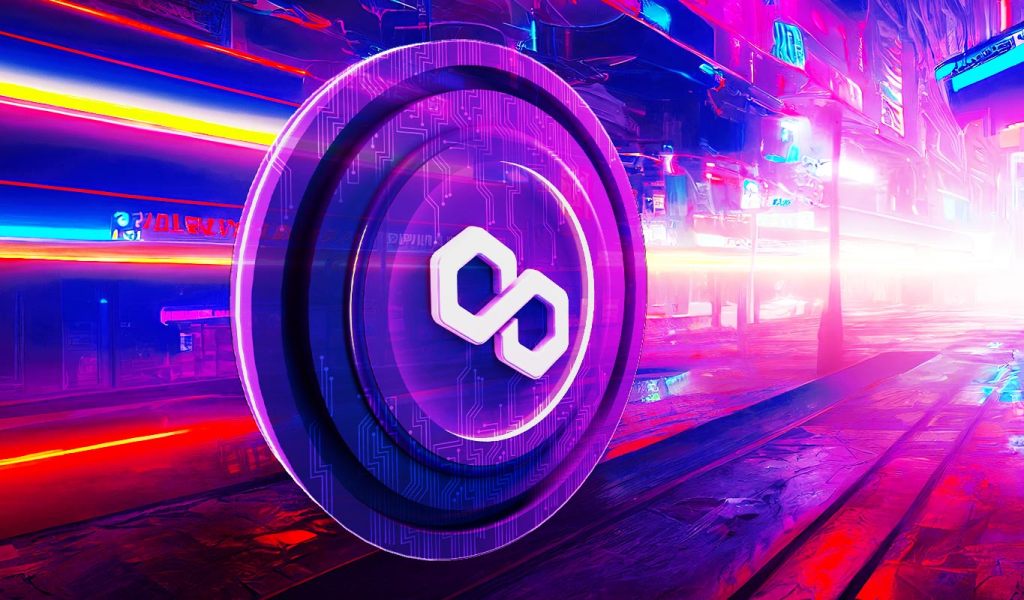
In this article, we describe what unlockable content is, how it works, and how to add it to your NFT collection correctly.
After a spectacular run in 2021, almost everyone at least superficially knows what nonfungible tokens (NFTs) are. Although not many people are aware that NFTs constantly get new entrancing functionality and use cases.
This article will highlight the role of an exciting feature: unlockable content in NFTs. We will break down for you its advantages and use cases and show how to add unlockables to your NFT collection.
What is an NFT?
Traditionally, NFTs are described as unique cryptographic digital assets on a blockchain that can be bought and sold online. They could be nearly anything, including digital pictures, songs, videos, in-game items, real estate or even personal genomes.
Most notably, NFTs provide advantages for artists, such as decentralization, verification and management of ownership, ease of transferability and trade, rarity and scarcity. Most important of all, NFTs construct a completely new creator economy, with the possibility for creators to earn royalties from secondary sales without the mediation of any third party by setting up smart contracts.
Yet despite the apparent advantages of NFTs for artists and the community itself, a lot of people are still convinced that they are just a temporary craze. NFT skeptics keep repeating over and over that such clumsy digital NFT art on a blockchain, in reality, has very little to do with true art.
For sure, the majority of NFTs exist as various static items on blockchains available for purchasing and selling on online marketplaces. And since there is no mediator, they can be totally anything, including low-quality content as well.
However, the community must not forget that the NFT phenomenon encompasses not only digital art and trendy overpriced collectibles because the underlying technology enables creators to do much more than standalone JPEGs or GIFs.
NFTs enable dozens of use cases. For instance, by their nature, NFTs represent unique tokens that can be “owned” by users, meaning that any NFT can also act as a form of proof, a certificate or a key. The spectrum of new innovative ways to use this form of “access control” to provide value to people is limited only by the imagination of creators. This is precisely where the unlockable content concept comes into play.
What is unlockable content in NFTs?
NFTs have a huge amount of inventiveness that artists can use to diversify their functionality. Unlockable content is one such element that can add real-world value to the NFT outside of the digital token and bring creativity to it, thereby enhancing the trading experience. Basically, unlockable content is a key to exclusive stuff and services that can only be accessed by the NFT holder. It becomes visible to the buyer of an NFT after the purchase.
Although unlockable content may be anything exclusive, more often, unlockables are presented by links to higher resolution files of NFTs or opportunities to purchase its physical copy with shipping details or the artist’s contacts. On top of that, unlockable content is a useful tool to add value to an NFT collection and a great way to create attraction on the secondary market.
For artists, unlockable content is an opportunity to respect and honor the collectors of their NFTs by offering them something original that has value in the real world. In that way, unlockables create the effect of enlarged rarity and demand for NFTs.
Use cases of unlockable content in NFTs
There is a wide scope of ways to use unlockable content in NFTs, and its examples are practically endless. It can be nearly anything from higher resolution versions of digital images and additional video content to access to private communities or certificates.

For instance, musicians can use NFTs with unlockable content to ship a physical copy of their records or distribute tickets to provide fans access to their shows. What’s more, artists can add special behind-the-scenes content for the lucky collectors who buy their NFT pieces.
Which marketplaces support unlockable content?
Even though unlockable content can open up many moving new ideas, NFT marketplaces that support it can be counted on one hand. This is mainly due to the fact that NFT marketplaces face two main challenges.
First and foremost, there is a storage issue. NFT platforms do not offer storage on-chain because it would potentially lead to huge costs. Thus, usually, NFTs are stored in distributed file systems, such as IPFS, Arweave or even in centralized ones.
Then, if unlockable content is not actually stored on-chain, it becomes very platform-specific. This limits the ideas of creating custom unlockable content and the possibilities of adding it to NFT collections. However, there are a few NFT platforms that have already implemented unlockable content for NFTs on their platform — OpenSea, Solsea, Rarible and Mintable.
How to create NFTs with unlockable content
Generally, for artists, the option to add unlockable content is available on NFT marketplaces when setting up NFTs. In other words, artists can attach unlockables while creating or editing them. So, how to add unlockable content to your NFT collection?
There is not much difference between adding unlockable content on OpenSea, Solsea or any other platform that supports this. The scheme is approximately the same. Unlockables are limited to plain-text content. NFT platforms provide a large text area for adding any content artists prefer, like a story of the work, a thank you message or a certificate of authenticity.
Unlockable content addition settings limited to the text format mean that NFT creators cannot upload any files they want in the form of an image or a video. Alternatively, they can simply add links to the needed files hosted in other storage solutions they like, which they have to organize themselves. Therefore, the responsibility for ensuring that the unlockable content remains available for a long time belongs to the authors.

Related: How to create an NFT: A guide to creating a nonfungible token
Toward the future
2021 was a pivotal year for NFTs, a year of laying the foundation and adoption. Now, in 2022, it is time to think about diversifying use cases and strengthening the position of NFT as a digital phenomenon. And unlockable content features are becoming one of the important steps in this direction.
Expanding the functionality of NFTs, unlockable content for NFTs is the boundless field of artists’ creativity — simply boosting it. The importance of it is hard to overestimate. Furthermore, unlockables add utility to NFTs. With hidden unlockable content that only NFT owners can view, for fans and followers, purchasing NFTs is becoming an interactive experience with the element of surprise on a new layer of engagement. In that sense, unlockables have the potential to flourish in the crypto industry and benefit artists and their communities.













